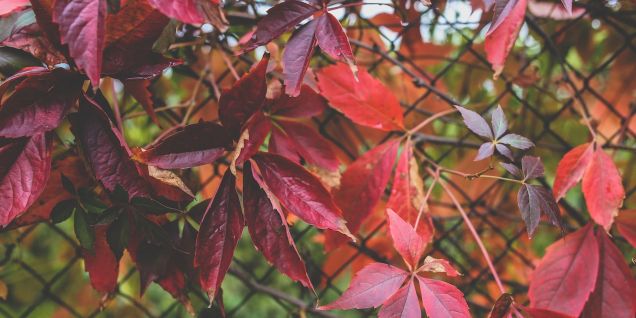Guide To Plant Trees For Fall Season

One of my favorite seasons of the year is fall. The fall provides stunning foliage, crisp, chilly air, and the last of the harvest, even if the gardening season is drawing to a close. Planting trees has many other significant advantages.
Although the majority of us believe that spring is the best time to grow anything, there are benefits to planting trees in the fall. The benefit of planting trees in the fall is that they can focus their efforts on developing their roots rather than their foliage.
Not every tree can be planted successfully in the fall. It's advisable to plant some trees in the spring because they take longer to establish. However, several kinds can be planted successfully in the fall. Here are three trees that you can plant easily in the fall.
Name: Acer Rubrum
Zones: 3–9
Size: 40 to 65 feet tall and 30 to 45 feet wide
Conditions: Full sun to partial shade; moist to wet, well-drained soil
Native range: Eastern and central North America
Two trees come to mind when you think of the East Coast in the fall: the red maple and the sugar maple. In my opinion, the latter is more stunning. Its leaves gradually change from a shiny green to a deep blood-red.
In reality, the leaves occasionally have a mottled appearance before they entirely turn dark red, and they gradually brighten to a fire engine hue before falling in the late fall.
A native of eastern North America, this medium-sized deciduous tree can be found from Quebec to Minnesota and farther south to Florida and eastern Texas.
Name: Franklinia Alatamaha
Zones: 5–8
Size: 10 to 20 feet tall and 6 to 15 feet wide
Conditions: Full sun to partial shade; moist, well-drained soil
Native range: Southeastern United States
Franklin tree is the place to go if you want to see beautiful fall blooms and leaves. Franklinia was originally spotted growing along the Altamaha River in southeast Georgia by John Bartram, a botanist who had been sent by King George III to explore North America in 1765.
For the majority of the spring and summer, the lance-shaped leaves, which are about 6 inches long and glossy green, remain present. Then, in the latter half of the summer to the beginning of the fall, big cup-shaped blooms with a striking golden center start to bloom.
This also happens to be the time when the leaves begin to turn vibrant orange and crimson. Oh, and did I mention the blooms have a pleasant scent? There is no other late-season woodies program like this one. Franklin trees do require regular rainfall to thrive. Therefore, anyone with dry, lean soil should explore elsewhere for another suitable alternative to plant.
Name: Aesculus Glabra ‘J. N. Select’
Zones: 3–7
Size: 40 feet tall and 25 feet wide
Conditions: Full sun to partial shade; moist, well-drained soil
Native range: The Eastern United States and Canada
Early Glow, Ohio buckeye, is a relatively recent addition to the roster of the top fall trees. This tree has stunning yellow-green flower clusters that draw a lot of hummingbirds.
The summer foliage's rich green color makes it resistant to sunburn, which may be a major aesthetic problem for the straight variety. Because the foliage maintains its health throughout July and August, the leaves consistently turn a bright scarlet in September.
Like all natural buckeyes, it's better to stay away from barren areas.
Cold hardy apple and peach trees, American persimmon, maple trees, buckeyes, crabapples and pines, and spruce trees are a few trees that thrive when planted in the fall.
This is not a complete list. But these are some excellent trees to take into account for your garden this fall!
Popular
6 Affordable Makeup Organizers To Declutter Your Vanity
For the makeup lovers! Here are the best 6 Affordable Makeup Organizers To Declutter Your Vanity.
Look at the Stunning Debut of Alia Bhatt at the Met Gala 2023
Alia Bhatt Met Gala 2023 debut was a huge success, and she certainly made a mark with her stunning look. Now grab for more details here!
Crunches Vs. Sit-Ups: Which One Is Best For Your Abs?
Exercises that burn fat can help you lose weight .If you want to know Crunches Vs. Sit-ups: Which one is best for your Abs read below
Black Seed Oil Benefits For Hair and Skin
Black seed oil offers a wide range of benefits for hair and skin. Now get more information about black seed oil visit the blog!
